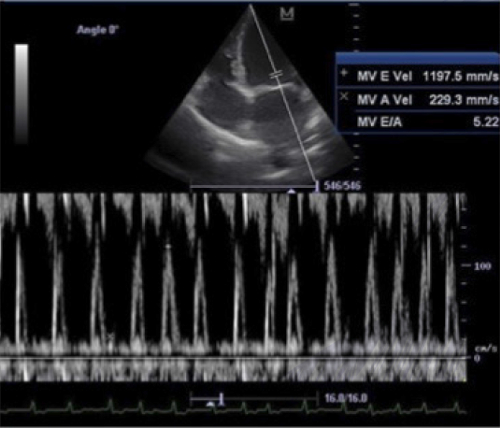Modified Stevenson Quadrants as a Tool for Hemodynamic Classification and Monitoring of Tailored Therapy for Acute Heart Failure in Small Animals
Introduction
Recently, numerous articles have been published evaluating different drugs in acute heart failure (AHF) in small animals and a few published guidelines that answer questions on how to select and use a specific drug for an individual patient.
Objectives
The aim of this study was to modify the hemodynamic and clinical correlation of Stevenson Quadrants for small animals.
Methods
We evaluated cases of AHF or decompensated cardiovascular disease in dogs and cats at the veterinary clinic of Poblado during 2015 to discern the frequency of different clinical signs and then classified them as "wet" or "dry" if associated with congestion; "warm" or "cold" if perfusion was altered. Clinical syndromes were characterized using clinical examination and echocardiography.
Results
The most common clinical signs were breathing abnormalities (n=42), syncope (n=15), light exertion intolerance (n=11) and lethargy (n=6); abdominal distention (n=4), jugular distension (n=4) and cold extremities (n=2) were less frequent, total cases (n=84). A limited number of syndromes that represent the final common pathway of AHF were characterized and located in three quadrants. The hemodynamic profiles based on evidence of congestion or hypoperfusion show that B patients required only diuresis in addition to their standard therapy. C patients were not effectively dried out until they warmed up, usually with vasodilation. L patients classified with low cardiac output without congestion have no cardiac reserve and needed intravenous inotropic therapy.

| | | Elevated filling pressure from patient with acute heart failure. The critical distinction of “wet” or “dry” was performed with careful clinical assessment for history of orthopnea, immediate dyspnea on light exertion and jugular distension. |
|
| |
Conclusion
Modified Stevenson Quadrants optimize adequately selection of existing treatments and provide support for tailored therapy to improve hemodynamic profile. However, upcoming guidelines for AHF need to become more syndrome-specific.